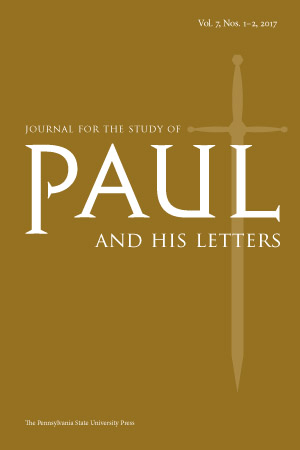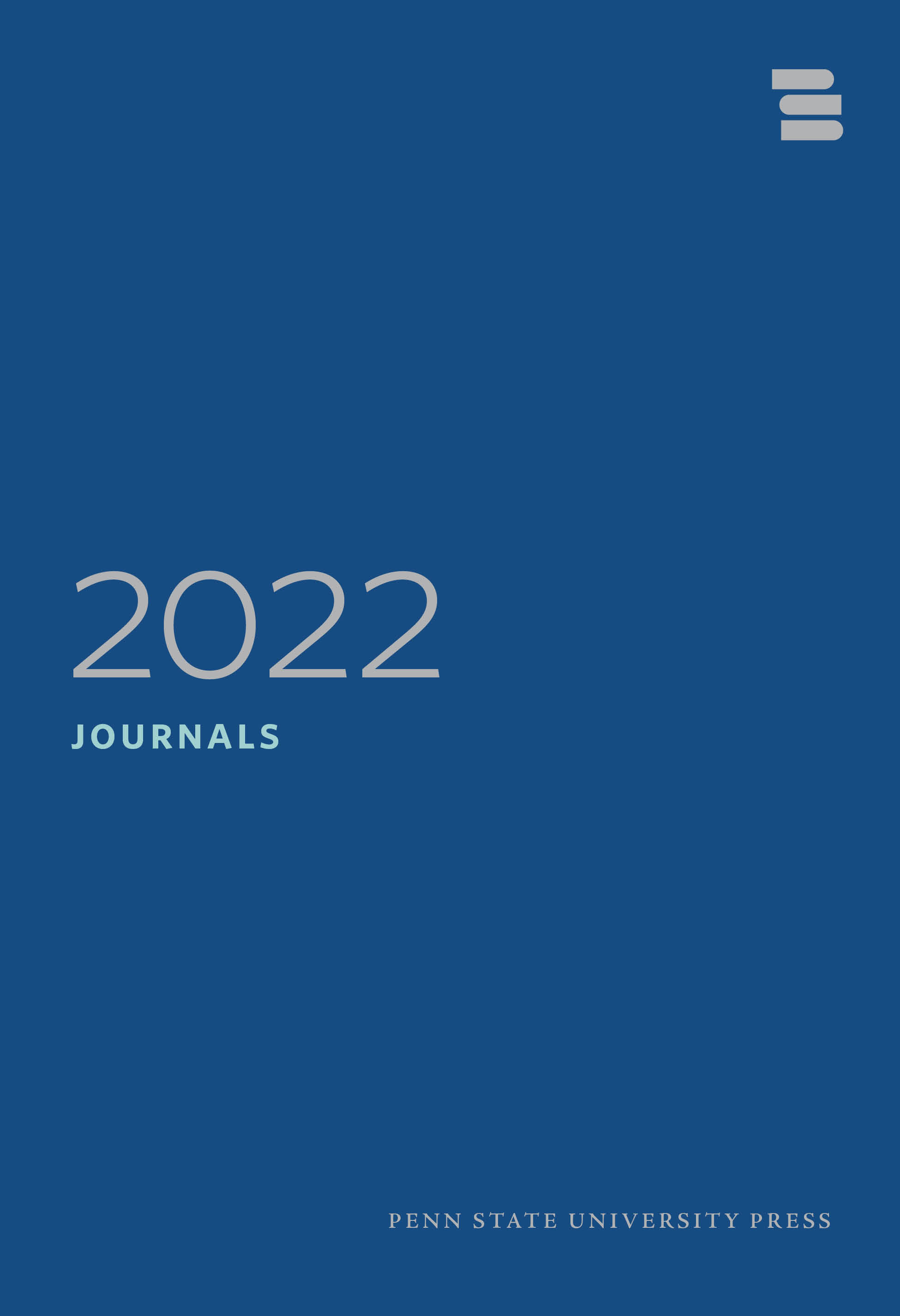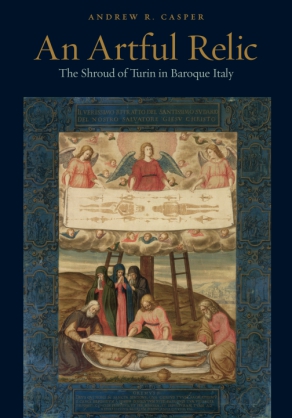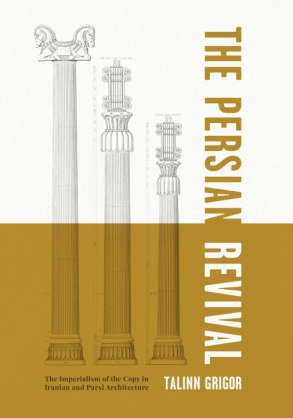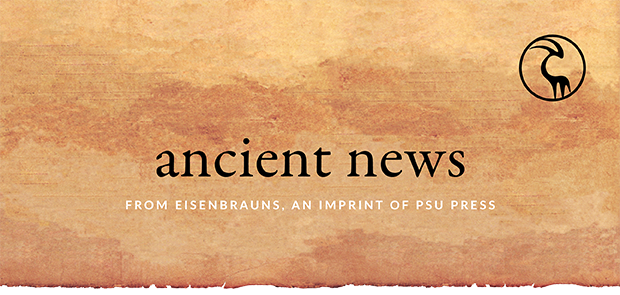
in this issue
general news
Welcome to the October issue of Ancient News!
The leaves are beginning to turn in Pennsylvania, and we’re looking forward to the annual meetings of ASOR and SBL next month. While we won’t be there in person, we will have some great discounts on good books to share with you.
In the meantime, there is still time to shop our Mesopotamian Civilizations Sale! Save 40–50% off select titles in the Mes Civ series using code 2021ES at checkout through 10/10. Stay up to date on all our special offers on our Sales & Specials page or by subscribing to BookNews.
If you have an idea for a project, send an email to Jen Singletary, our acquisitions editor. She’d love to hear from you.
Enjoy!
two-week sale
Save 40–50% on select titles in our Mesopotamian Civilizations series using discount code 2021ES.
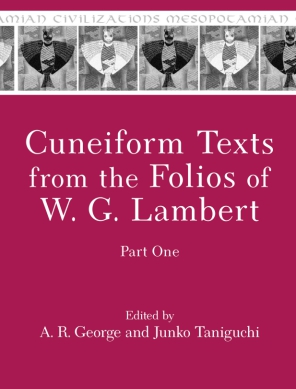
Cuneiform Texts from the Folios of W. G. Lambert, Part One
$99.95 $59.97
W. G. Lambert’s line drawings of cuneiform tablets from the British Museum, together with his meticulous editions of their contents, form a contribution to Assyriology unrivaled in his generation. Upon his death in 2011, Lambert bequeathed his academic legacy to A. R. George, who discovered among its contents approximately 1,400 unpublished pencil drawings. He and Junko Taniguchi took over the task of converting the drawings into images suitable for publication.
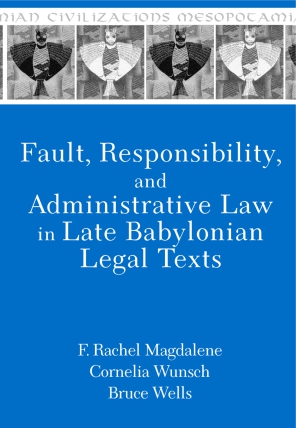
Fault, Responsibility, and Administrative Law in Late Babylonian Legal Texts
$99.95 $59.97
This book presents a reassessment of the governmental systems of the Late Babylonian period—specifically those of the Neo-Babylonian and early Persian empires—and provides evidence demonstrating that these are among the first to have developed an early form of administrative law.
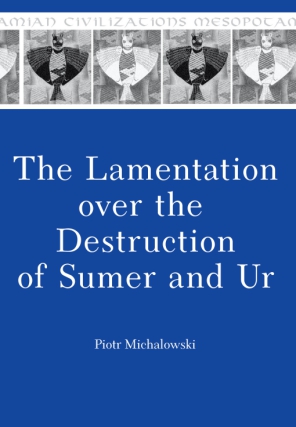
The Lamentation over the Destruction of Sumer and Ur
$39.95 $23.97
This work presents for the first time in its entirety the long Sumerian poem describing the destruction and suffering in Babylonia during the final days of the Third Dynasty of Ur. The text is both an important work of native historiography and a moving literary composition. The author’s introduction places the work within the Sumerian literary tradition, and evaluates it as a historical source. Indexes and copies of unpublished texts are included.
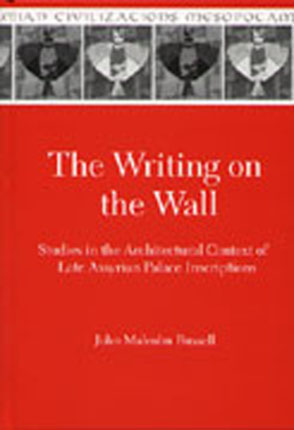
The Writing on the Wall
$67.50 $40.50
It is too often forgotten that every Assyrian “historical” inscription functioned in a very specific context. This context influenced its content and the way in which it was perceived by ancient viewers and readers. John Malcolm Russell’s goal is to address the reconstruction of the context of these inscriptions in order to elucidate their original impact.
new eisenbrauns books
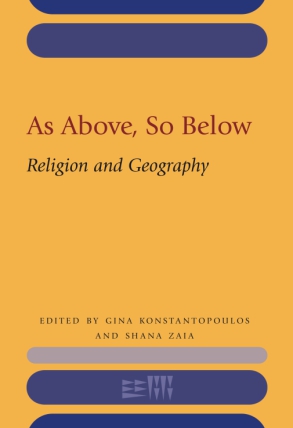
As Above, So Below
Religion and Geography
Edited by Gina Konstantopoulos and Shana Zaia
This volume addresses the nexus of religion and geography in the ancient Near East through case studies of various time periods and regions. Using Sumerian, Akkadian, and Aramaic text corpora, iconography, and archaeological evidence, the contributors illuminate the diverse phenomena that occur when religion is viewed through the lenses of space and place.
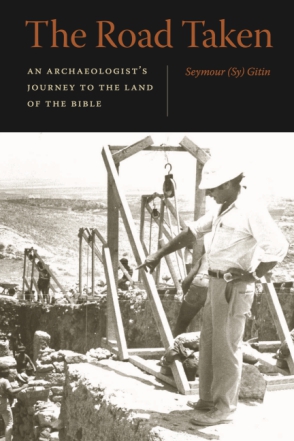
The Road Taken
An Archaeologist’s Journey to the Land of the Bible
Seymour (Sy) Gitin
“Sy Gitin reinvented American archaeology in the Middle East. A uniquely talented raconteur, scholar, and Mensch, he transformed the sleepy American archaeological school in Jerusalem into an engine propelling meaningful collaboration across daunting divides. Here’s the account—filled with remarkable scientific, political, diplomatic, and above all human surprises, and not a few great stories—of a pioneer in scholarship without borders. The result is a manual for thinking about any historical field from the actual ground up.”—Baruch Halpern, author of The First Historians: The Hebrew Bible and History
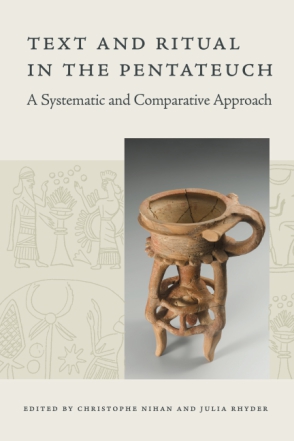
Text and Ritual in the Pentateuch
A Systematic and Comparative Approach
Edited by Christophe Nihan and Julia Rhyder
In press!
“The contributions to Text and Ritual in the Pentateuch contrast the relationship between text and ritual in ancient Israel with that of other ancient Mediterranean and Western Asian societies and thus gain new insights for the challenge of reconstructing the performance of ancient rituals from written sources.”—Thomas Hieke, author of Die Genealogien der Genesis
new from psu press
VIEW Bluelines, the PSU Press newsletter| Control your subscription options |
